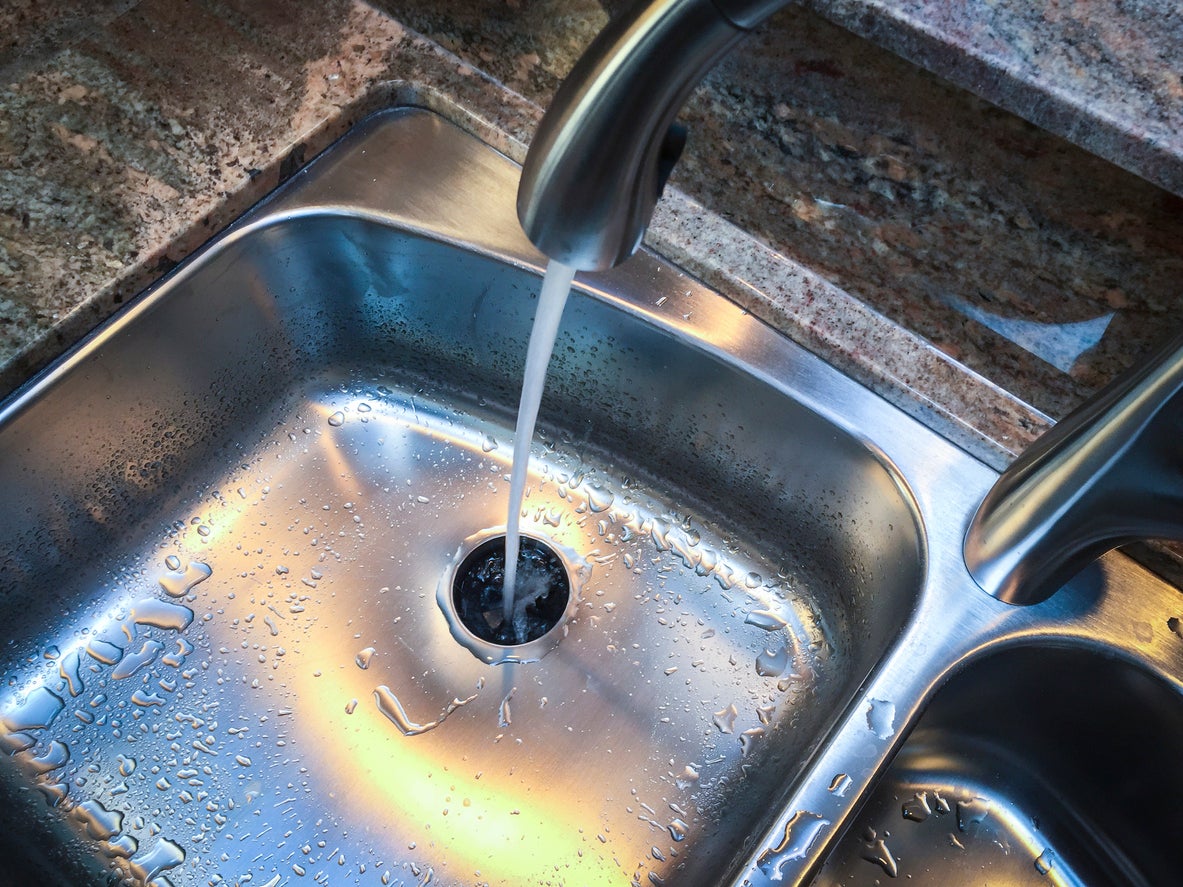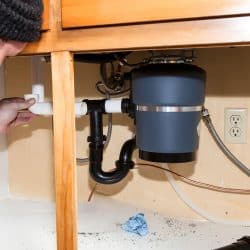Handy Techniques for Repairing a Dripping Garbage Disposal
Handy Techniques for Repairing a Dripping Garbage Disposal
Blog Article
The article author is making a number of good points about Tips on Fixing a Leaking Garbage Disposal overall in this content further down.

Garbage disposals are essential cooking area appliances that aid in throwing away food waste successfully. Nevertheless, a dripping garbage disposal can be an irritating and messy trouble to take care of. Thankfully, several leakages can be fixed conveniently with a few straightforward actions. In this short article, we will certainly go over just how to fix a leaking waste disposal unit properly.
Intro
Waste disposal unit are set up under kitchen area sinks and are made to shred food waste into smaller items, permitting it to travel through the plumbing system quickly. While these gadgets are usually trustworthy, leaks can take place over time as a result of deterioration, loosened links, or damages to the device.
Common Causes of Leaks in Trash Disposals
Worn Seals and Gaskets
Seals and gaskets play a crucial function in protecting against water from dripping out of the garbage disposal. Gradually, these parts can wear away, leading to leaks around the disposal device.
Loose Connections
The links in between the garbage disposal and the pipes system can become loose over time, causing water to leak out during procedure.
Cracks or Holes in the Disposal System
Physical damage to the waste disposal unit, such as cracks or holes in the housing, can also lead to leakages.
Identifying the Source of the Leak
Before attempting to deal with a dripping waste disposal unit, it is necessary to determine the source of the leak. This can normally be done through aesthetic examination or by performing easy tests.
Visual Evaluation
Inspect the waste disposal unit device very carefully for any kind of signs of water leakage. Pay close attention to locations around seals, gaskets, and link factors.
Checking for Leakages
One way to test for leakages is by running water with the disposal unit and checking for any type of noticeable signs of leakage.
Devices and Products Needed for Taking Care Of a Leaking Garbage Disposal
Prior to starting the fixing procedure, gather the necessary devices and materials, including a screwdriver, flexible wrench, plumbing technician's putty, replacement seals or gaskets, and epoxy or patching product for fixing cracks or openings.
Step-by-Step Guide to Taking Care Of a Leaking Waste Disposal Unit
Turn Off the Power
Before trying any repair services, guarantee that the power to the waste disposal unit unit is shut off to avoid the risk of electric shock.
Find the Leak
Identify the specific location of the leak and identify the reason.
Tighten up Connections
Utilize a wrench to tighten any loose connections in between the disposal unit and the plumbing system.
Replace Seals or Gaskets
If the leak is because of used seals or gaskets, get rid of the old components and replace them with brand-new ones.
Patching Splits or Holes
For fractures or openings in the disposal device, usage epoxy or a suitable patching product to seal the broken location.
Evaluating the Garbage Disposal After Repair Work
When the repair work is complete, examine the garbage disposal by running water via it to make sure that the leakage has been resolved.
Preventive Upkeep Tips to Stay Clear Of Future Leaks
To prevent future leaks, it is essential to perform routine maintenance on your garbage disposal. This consists of keeping it clean, avoiding placing non-food items or tough objects down the disposal, and periodically checking for leaks or various other issues.
Conclusion
Finally, dealing with a leaking garbage disposal is a fairly uncomplicated procedure that can be finished with fundamental devices and materials. By complying with the actions laid out in this write-up and exercising preventive maintenance, you can keep your waste disposal unit in good working condition and avoid costly repairs in the future.
HERE’S HOW TO FIX YOUR GARBAGE DISPOSAL
WHAT TO DO IF SOMETHING IS STUCK IN YOUR GARBAGE DISPOSAL
If the impeller won’t turn, there’s probably something stuck in the disposal. It could be a steak bone or peach pit, although plumbers report pulling all sorts of inappropriate objects out of disposals, such as bottle caps or aluminum foil. Make sure power to the disposal is off, and look inside to see if you can see the source of the jam.
Never stick your fingers in a disposal. Pull out anything you see with tongs or pliers.
If the disposal still won’t work, it may be time to call a plumber or consider buying a new disposal. GEM Plumbing & Heating is here for all of your garbage disposal needs.
WHAT TO DO IF YOUR GARBAGE DISPOSAL DRAIN IS CLOGGED
Take everything out from underneath your sink and put a bucket or other container under your disposal to catch any water that drains out. Disconnect your disposal from the power supply. If it’s plugged into a wall outlet, unplug it. If it’s hardwired into an electrical box, go to the electrical panel and turn off the breaker for the disposal. Pour ¼ cup of baking soda into the drain, followed by ½ cup of white vinegar. Give the solution a few minutes to fizz and do its work. Look into the disposal with a flashlight to see if you can see an object that might be causing the clog. If you see it, remove it using tongs or pliers. MORE TIPS ON DEALING WITH A CLOGGED GARBAGE DISPOSAL
Never use drain cleaner in a garbage disposal. It can damage the plastic parts inside the disposal. You can also be splashed with the caustic liquid while working to clear the clog. Beware! Never stick your fingers into a garbage disposal. Trust us — not a good idea. In many instances, your dishwasher drains through your garbage disposal. This allows the disposal to grind any large food particles that may be drained out of your dishwasher. There are some jurisdictions, however, where the plumbing code prohibits such a connection. WHAT TO DO WHEN YOUR DISHWASHER DRAINS THROUGH THE DISPOSAL
Run some water in the sink so your plunger has at least a ½-inch of water to create a seal and plunge vigorously up and down several times. You may need to repeat this several times. Run hot water down the drain to clear any residue that remains.

I'm certainly very eager about Why Is and I really hope you enjoyed reading the new post. Sharing is good. You won't know, you might be doing someone a favor. I take joy in reading our article about Tips on Fixing a Leaking Garbage Disposal.
Click Here Report this page